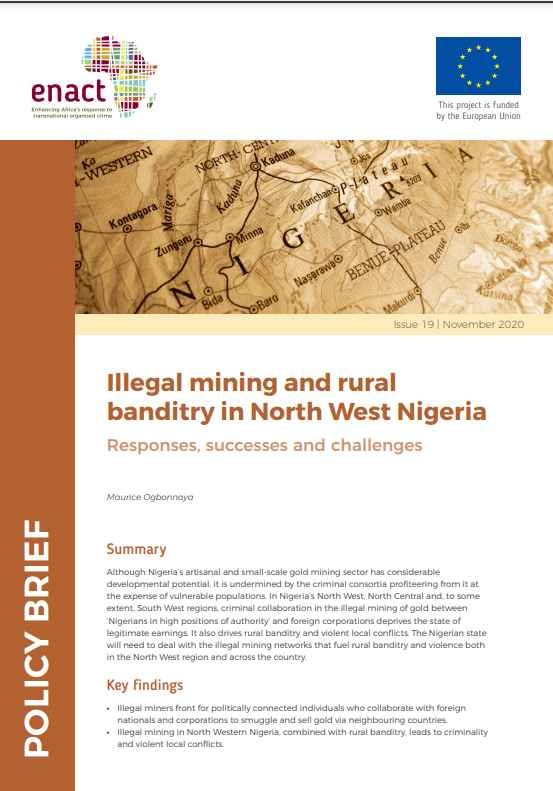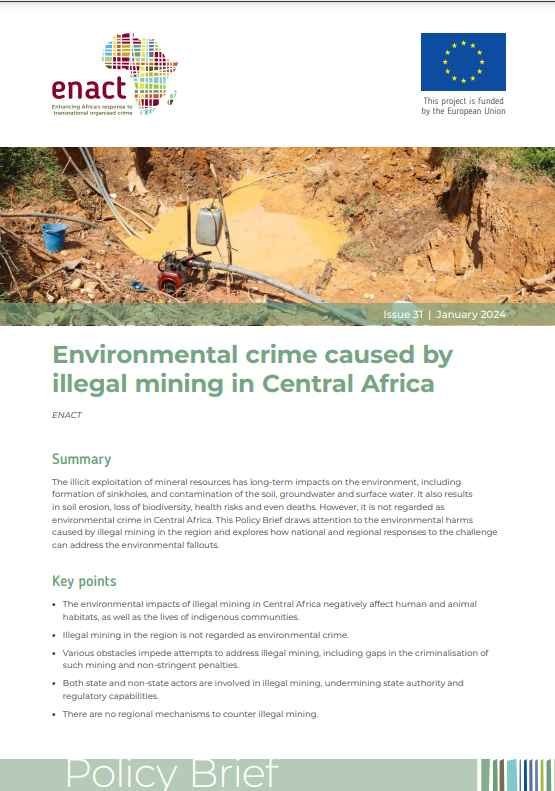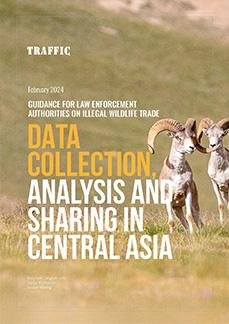By Scottish Government
When a wildlife crime is suspected, the first step is for it to be reported to the police (or detected by the police), and then recorded. Further steps may include investigation to assess whether the recorded crime should be part of a case submitted to the Crown Office and Procurator Fiscal Service (COPFS) and then a decision on whether there is sufficient evidence for the case to be prosecuted. Ultimately a court case may result in a conviction or acquittal. All these stages may be supported by relevant scientific evidence and intelligence.
This report presents statistics relating to 2021-22 for the various stages described above. Although these sets of statistics are related, direct comparisons between them cannot be made due to differences in data sources, timing and the bases on which statistics were collated. For example, several recorded crimes may be included in one COPFS case (involving multiple sources of scientific evidence), and subsequent criminal proceedings may occur in a different year.
Edinburgh: Scottish Government, 2024. 38p., app.

















